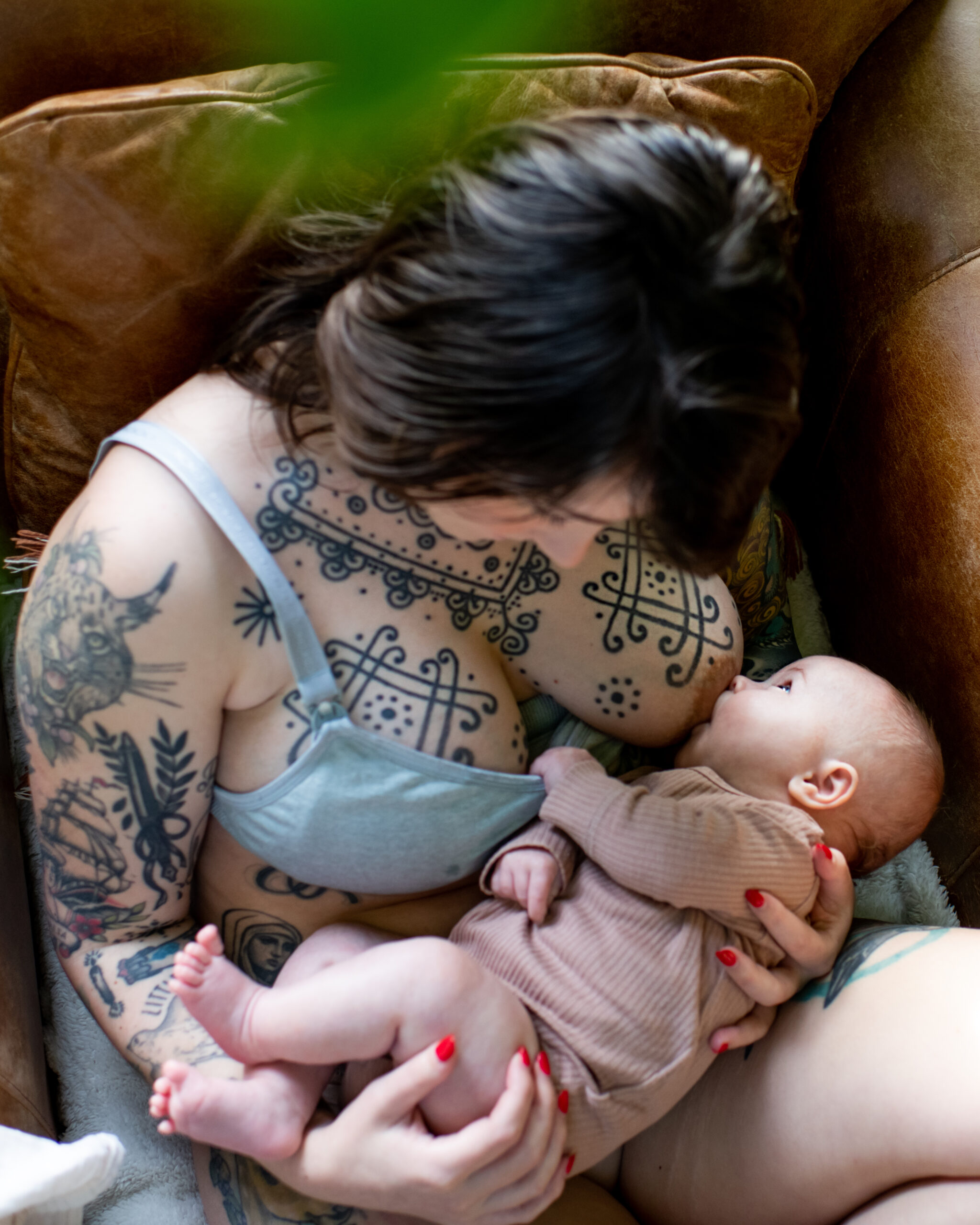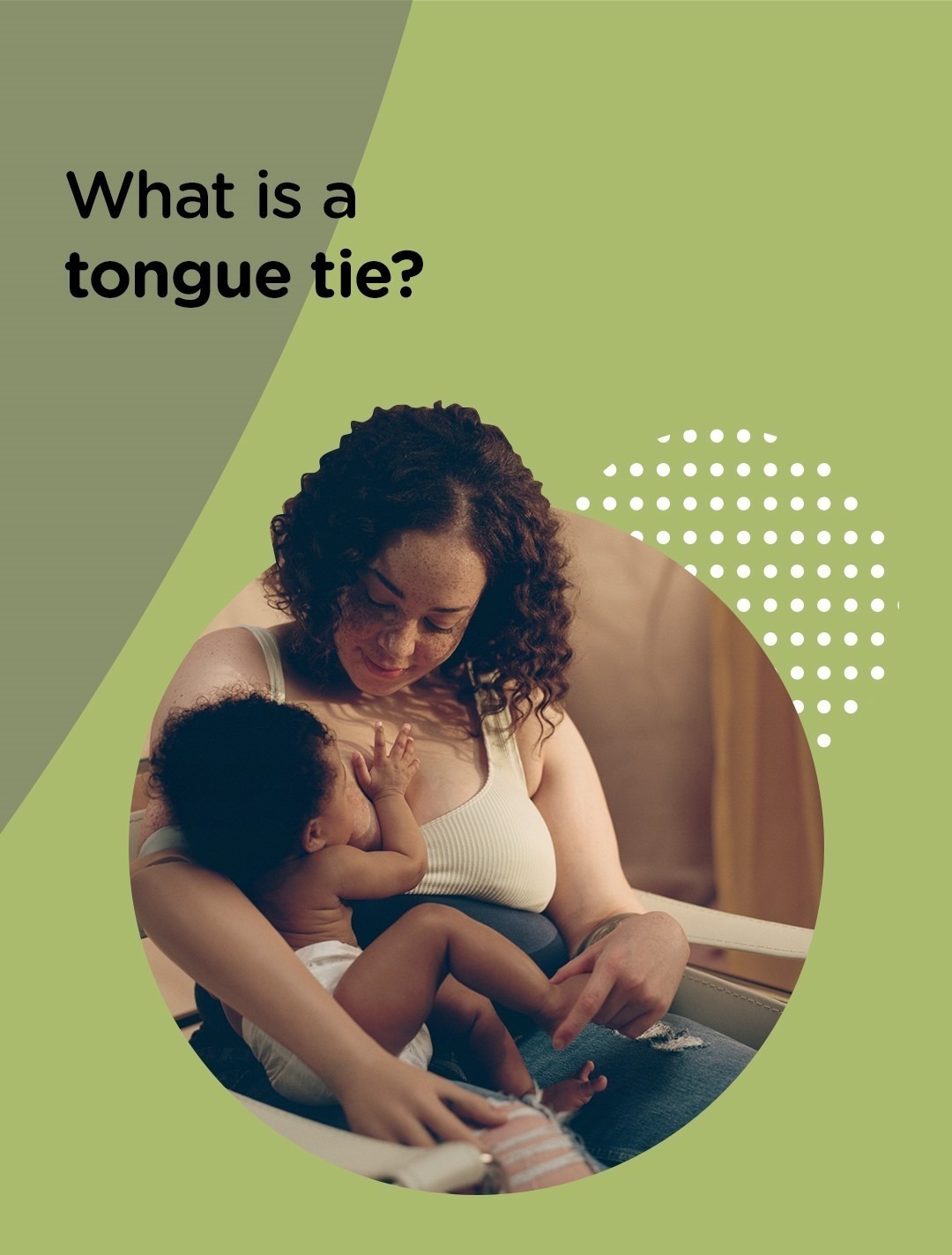As adults, we can sit up without even thinking about it. But for babies, sitting up unassisted isn’t quite as easy! It can take a little time for them to learn how to sit up independently. Their muscles need to develop and strengthen, and it takes lots of practice and preparation to get it right.
Let’s run through how and when your baby will start sitting up and look at how you can support their development and keep them safe as they learn and become more independent.
How will my baby learn to sit?
All little ones are unique and develop at their own pace, but in the timeline of baby development, most babies learn how to sit up before they’re able to crawl. If your baby was born prematurely (before 37 weeks), it might take them a little longer than other babies to reach certain milestones.
Before they master the skill of sitting up solo, most babies:
- Show improved head control and can hold up their head
- Arch their neck, raise their head, and lift themselves using their arms to look around during tummy time. This is usually from three or four months.
- Lie on their back and grab their feet or objects near them
- Can roll over on their own
- Work on their balance and try to tripod when they’re on the floor in a seated position. They may also lean forward and extend their arms out to help balance their body from around five or six months.
Once they can sit up on their own, they’ll be able to see the world from an exciting new vantage point. They’ll also be able to play with their toys and interact with you in more interesting ways.
All these developmental steps strengthen their muscles and improve their coordination skills. This will help them to crawl, pull themselves up to a standing position, and eventually take their first steps.
When do babies start sitting up?
Most little ones can sit upright when supported sometime between six and seven months of age. However, it’s important to remember that no two babies develop at the same speed.
By around eight months, most babies can sit up independently without any support.
By the time they reach nine months old, most babies can play while sitting upright and can twist their torso from left to right to reach their toys.
Some babies can push up from their stomach when in a lying-down position as early as seven months. That said, most will need a helping hand to get into a sitting position until they’re around 11 months old.
How can I encourage my baby to sit up on their own?
Let’s run through some top tips you can consider as you help your mini-me learn how to sit up on their own:
A helping hand
When your little one is lying down on their back, use your hands to support their head and shoulders. Then slowly bring them up to a sitting position. Once they get to grips with being lifted into a sitting position, you can gently hold onto their upper arms for support, then hold their hands, before finally guiding them to sitting using only one hand.
Tummy time
Lying your baby on their belly (also known as tummy time) is an important step in their development. It helps strengthen their stomach muscles so they can support their trunk, back, head and neck – all of which play a vital role in them eventually being able to sit on their own.
Sitting with support
To encourage your baby to sit on their own, you can sit with them on the floor, using your legs to offer them extra support. You could also carefully prop them up in a seated position using cushions. Just be sure to never leave them unattended.
Alternatively, you can sit them down on a firm surface – either facing away from or towards you – and gently but firmly hold their middle.
Be patient
If your baby slumps to one side, seems fussy, or starts to cry while practising sitting, it’s likely that they’re tired and need a break. After all, it’s hard work learning a new physical skill!
Just comfort and settle them and remember that you can always try again later.
How to keep your baby safe when learning to sit up
Small bumps and the occasional accident are all part of growing up. But you must consider your little one’s safety as they become more mobile and learn to sit unassisted. Follow these tips to help keep your baby safe:
- Always practice tummy time and independent sitting on the floor to reduce the risk of falls.
- If you prop your baby up to help them sit using pillows, never leave them unsupervised in that position.
- Baby-proof your home so any potential hazards are out of reach or secured.
When to worry if a baby is not sitting up
All babies reach their key milestones at different ages, so try not to worry. If you give your baby plenty of opportunities to practice their sitting skills, they’ll get there at their own pace.
But if you notice that your baby can’t sit unsupported by nine months of age or are concerned about any other aspect of their growth and development, you should reach out to your family doctor for advice.


